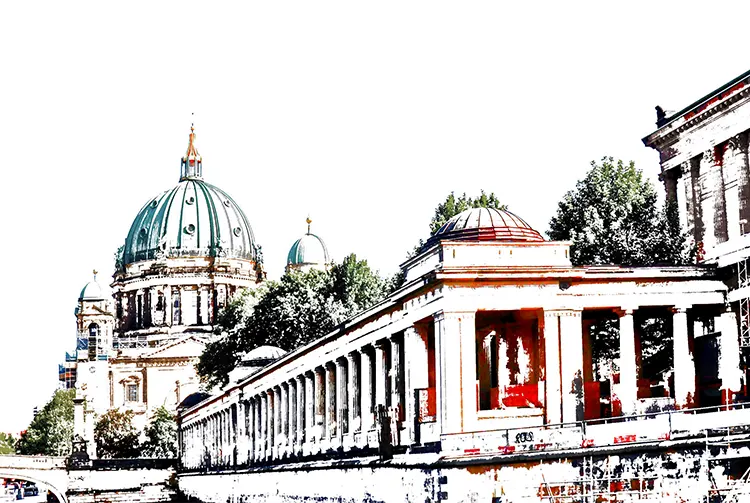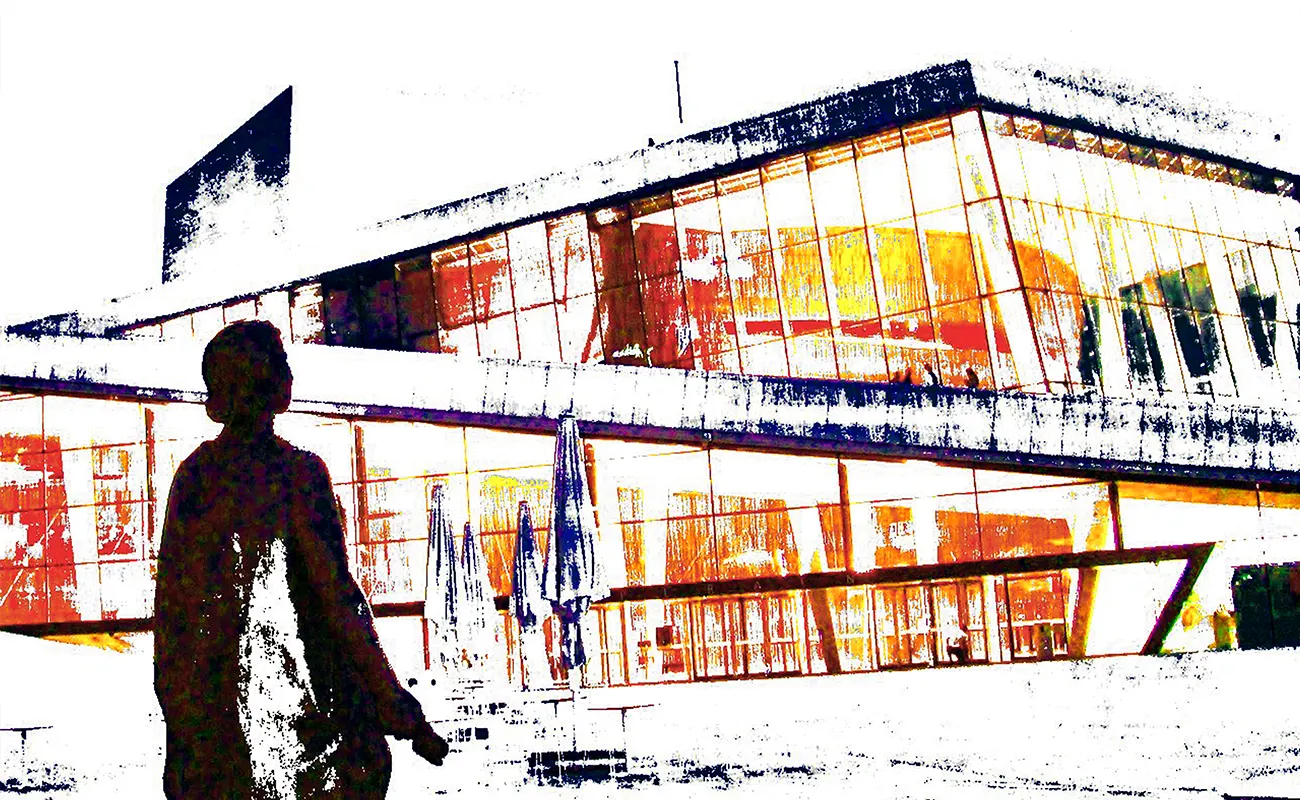“Less is more. Too many details, visual axes and colour accents simply distract. They block the view of the depth of the image, the situation, the moment.”
Embarking on a Lustrous Third Chapter
In the vibrant city of Berlin, circa 1957, Thomas Falkner opened his eyes to the world, unknowing that the winding path ahead would eventually converge his interests in technology and visual art. Venturing initially into political journalism and subsequently immersing himself in consultancy and publicity roles within Berlin and Bonn, Falkner exhibited a profound commitment to an informed and articulate societal discourse. His retirement in 2021, however, not only marked a cessation of his initial careers but also heralded the commencement of a vibrant artistic journey, delineating what he generously describes as a captivating ‘third life chapter’.
The artist’s work gracefully meanders through a myriad of visual narratives, circumventing overtly political motifs and instead, embarks upon a journey that nudges viewers towards introspection and dialogue. While Falkner’s images abstain from imposing a clear-cut statement or singular perspective, they weave an intricate tapestry that encourages audiences to plunge beneath their surfaces. Thus, viewers navigate through their own interpretative journeys, exploring structures and creating unique, personalized narratives that perch precariously between contrasting stories and emotions.
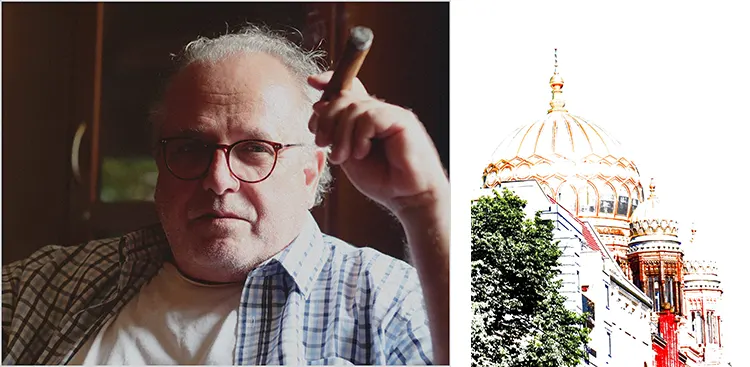
A Confluence of Technology and Artistic Expression
Falkner’s initial dalliance with the artistic world was notably characterized by an adroit fusion of photography and computing, enabling him to transcend traditional photographic boundaries without succumbing to the constraints of a darkroom or chemical treatments. This unique synthesis permitted the creation of real-image montages, wherein disparate, real-world motifs coalesced to birth new, tantalizingly real, and occasionally disconcerting images. Notably, these creations were often punctuated by a light, ironic touch, offering a playful juxtaposition against their occasionally unsettling undercurrents.
Thomas’s style, while perpetually evolving, consistently seeks harder contours, navigating a distinctive trajectory through the multifaceted worlds of black and white, as well as color photography. A notable evolution occurred around 2014 when the artist discovered the enchanting domain of digital abstractions. Here, Falkner’s works—deftly reduced and distorted photographs—unveil structures, contexts, and perspectives predominantly void of human figures, yet paradoxically, they remain invariably defined by man-made forms, structures, landscapes, and objects. This dynamic creates a tantalizing tension within his portfolio, where viewers are compelled to explore and interpret the myriad of stories concealed within these seemingly unpeopled landscapes.
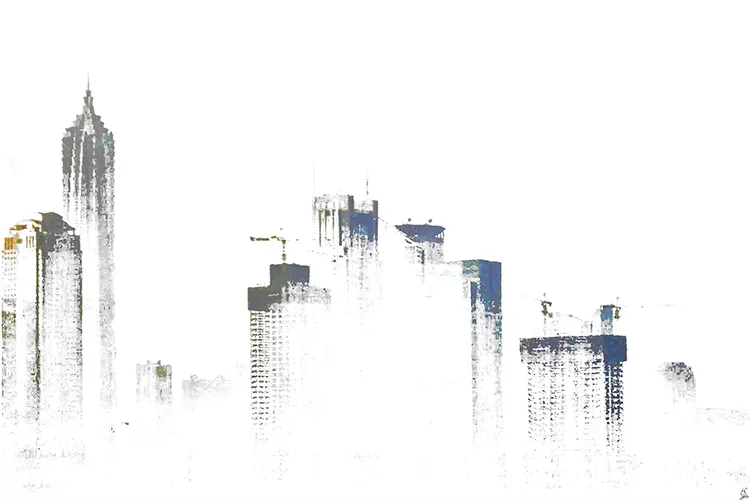
Gleaning Inspiration from Diverse Locales and Masters
From the historically rich streets of his hometown, Berlin, to the vibrant and culturally soaked avenues of international cities such as Barcelona and Athens, Thomas Falkner finds the fuel that ignites his creative flames. A pivotal moment in this ceaseless quest for inspiration was unmistakably his involvement in the 2019 exhibition, “Der zweite Blick. Berlin – the City,” alongside Berlin painter Horst Dietzel. This juxtaposition of unique stylistic approaches to common city motifs offered not only a rich tapestry of visual exploration for attendees but also a deeply enriching experience for Falkner himself, substantiating his artistic expression through the lens of shared, yet distinctly individual, urban narratives.
In the expansive field of artistic influences, Falkner does not tether himself to a single school or direction, instead allowing his creativity to be softly molded by the genres and artists that have perennially captivated his spectatorship. From the ethereal light and shadows of Impressionism, exemplified by Claude Monet, to the evocative surrealism of Salvador Dali and Max Ernst, his inspiration is drawn from a well that spans a diverse spectrum of styles and eras. Particularly, Monet’s “Impression, Sunrise” encapsulates a play of light and reduction technique that Falkner finds immensely moving, steering his own artistic endeavors to capture the unique essence and authenticity of a moment or scene.
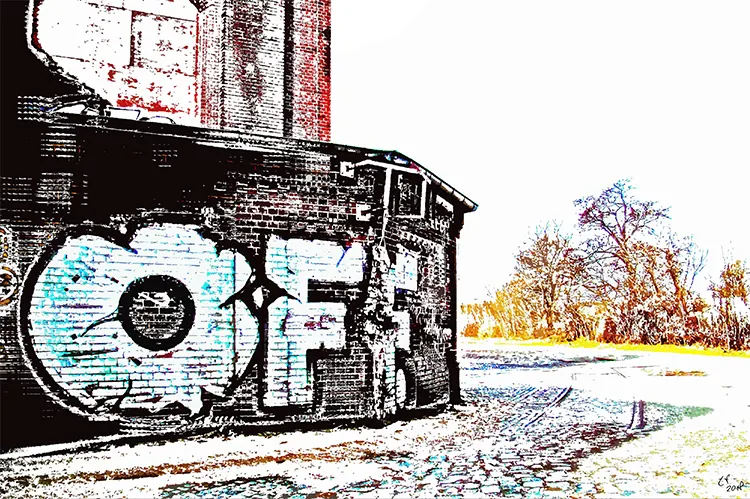
Artistic Mediums, Envisioning Future Endeavors
The artist candidly acknowledges a lack of affinity for traditional artistic mediums, citing an absence of the requisite craft talents for pursuits such as painting or drawing. Yet, it is the seamless convergence of photography and digital technology that has not only facilitated Falkner’s foray into the world of visual expression but also acted as a vessel, enabling him to bypass the limitations of a brush and easel. When translating his digital creations into the physical world for exhibitions, the materiality of the art comes into sharp focus. Here, considerations such as opting for specific printing materials, whether canvas or his preferred AluDibond matt, play a pivotal role in preserving the integrity and impact of his work.
Gazing into the horizon of future projects, Falkner harbours a dream of orchestrating a portrait series, albeit with an intriguing twist. Eschewing the traditional human subject, he aims to spotlight mannequins, utilizing his established techniques to evoke a paradoxically human essence through increased reduction and controlled associations. The artist aspires to cultivate vital touchpoints within these non-human figures, exploring themes of rejection, polarization, reservations, and fear, and offering viewers yet another opportunity to navigate their own narratives and emotions within the safe confines of his artful explorations.
